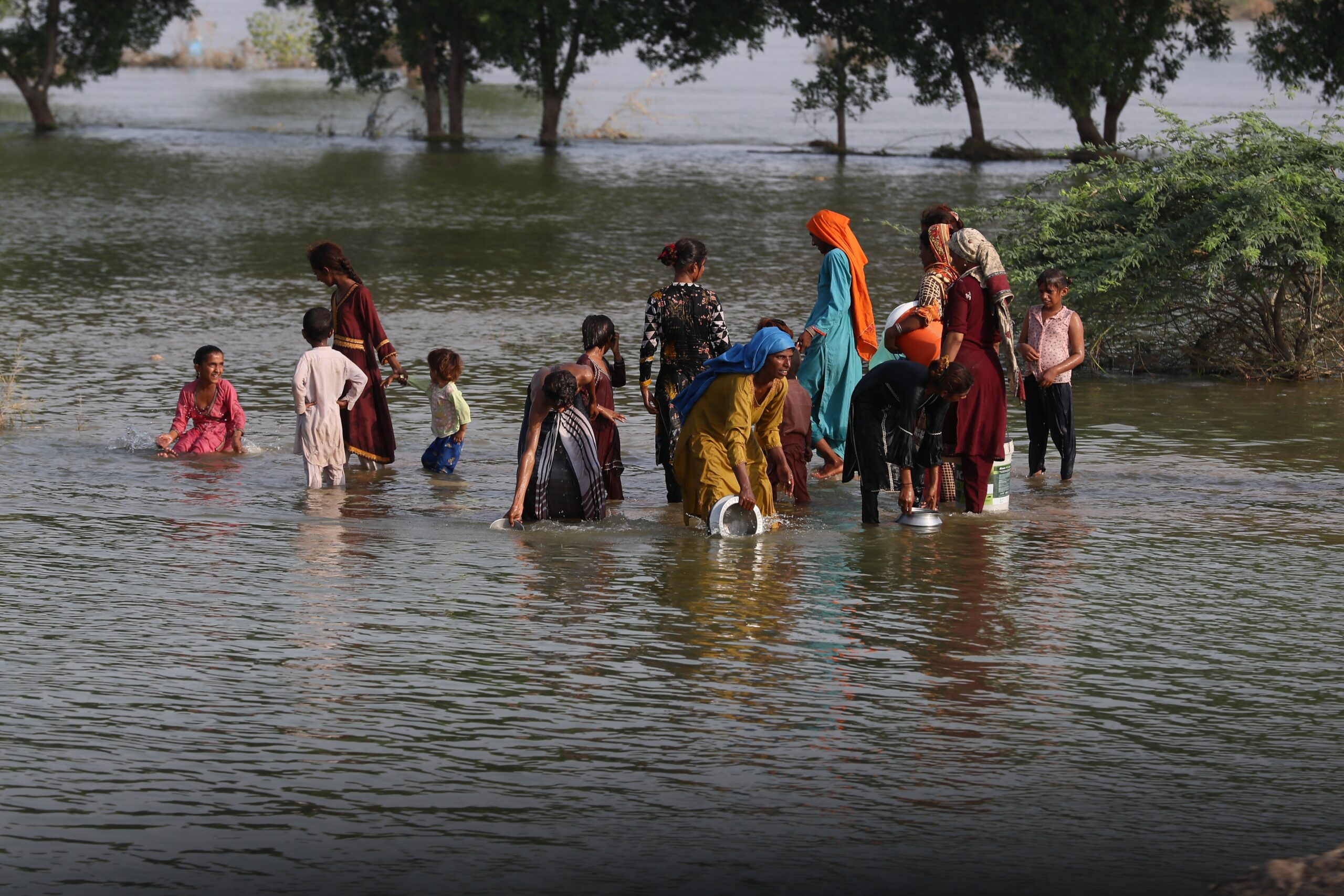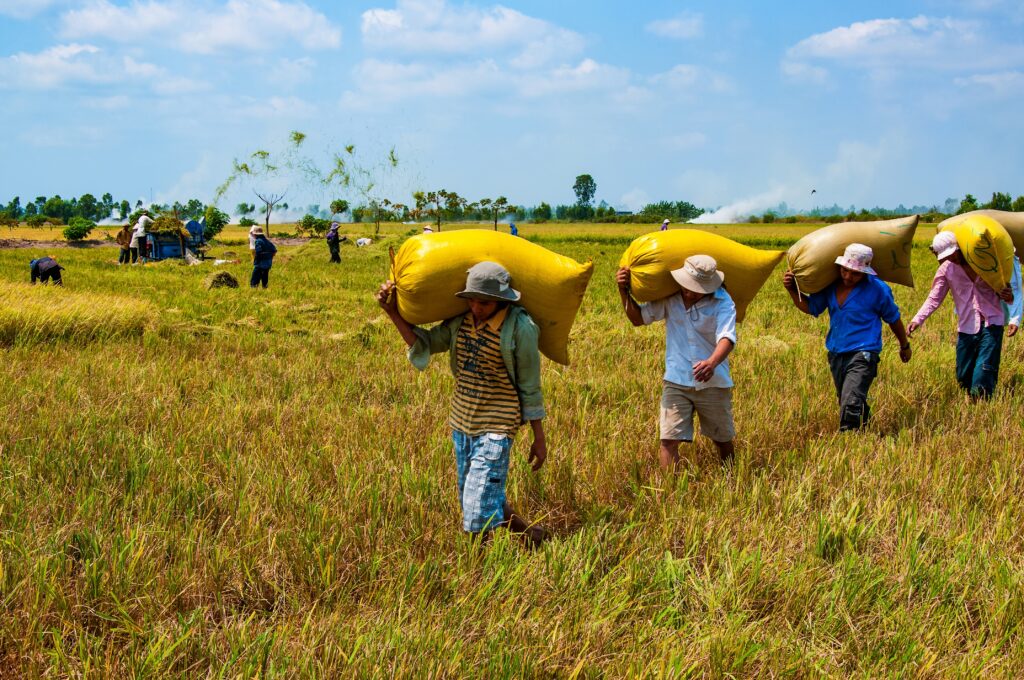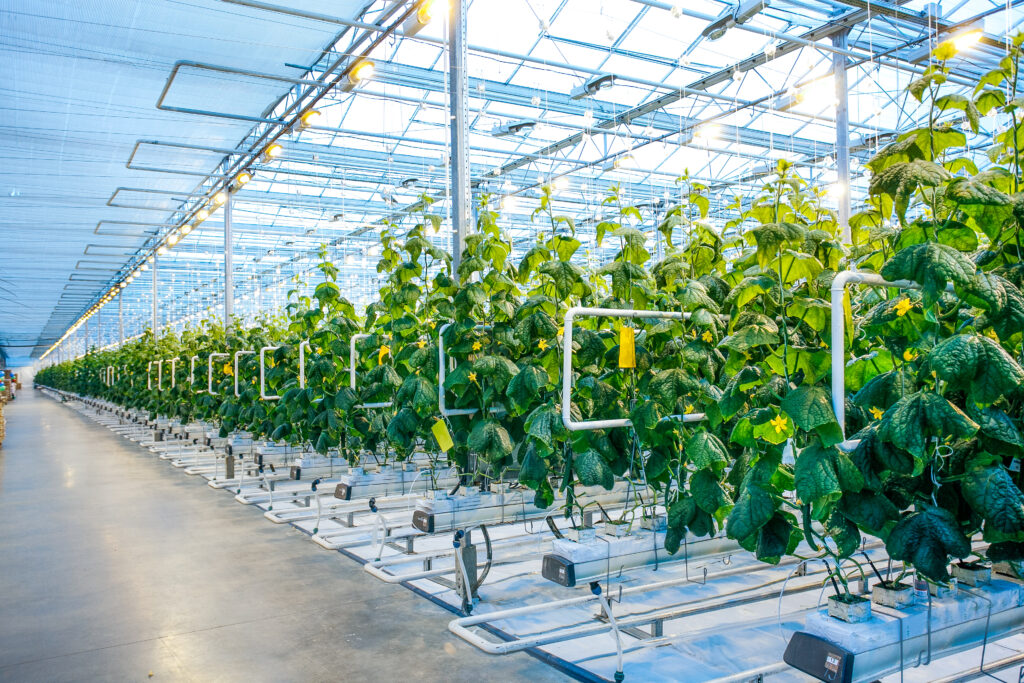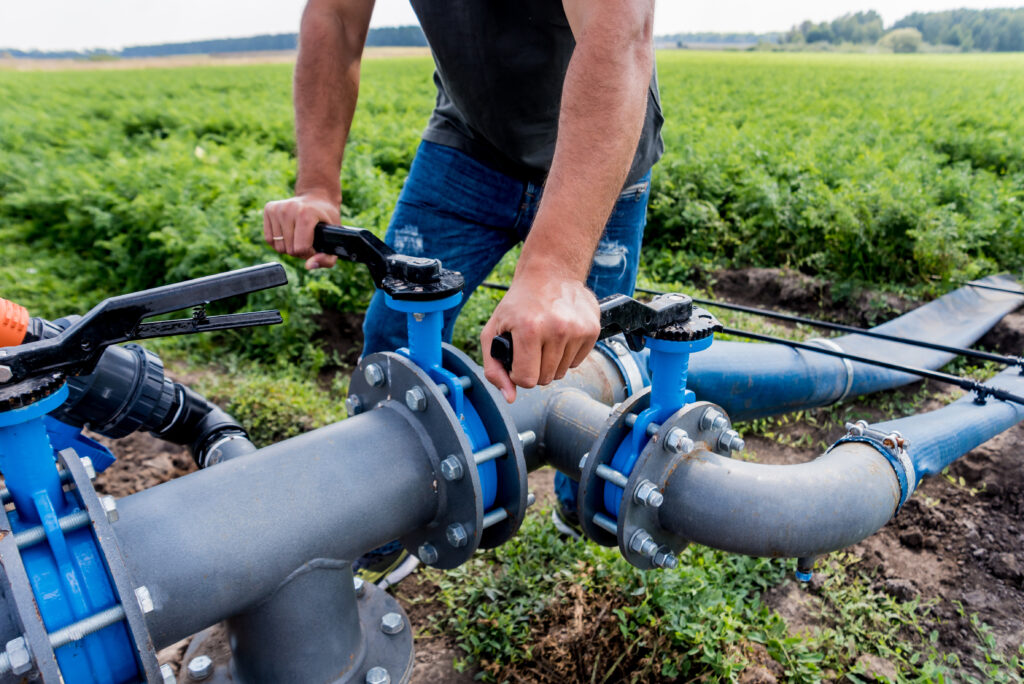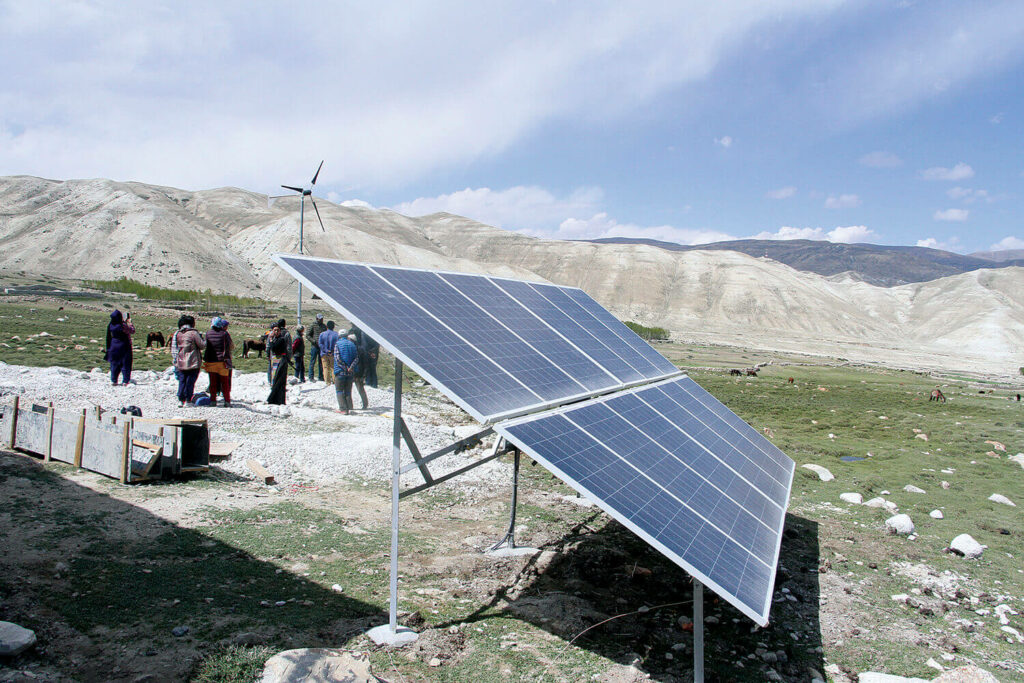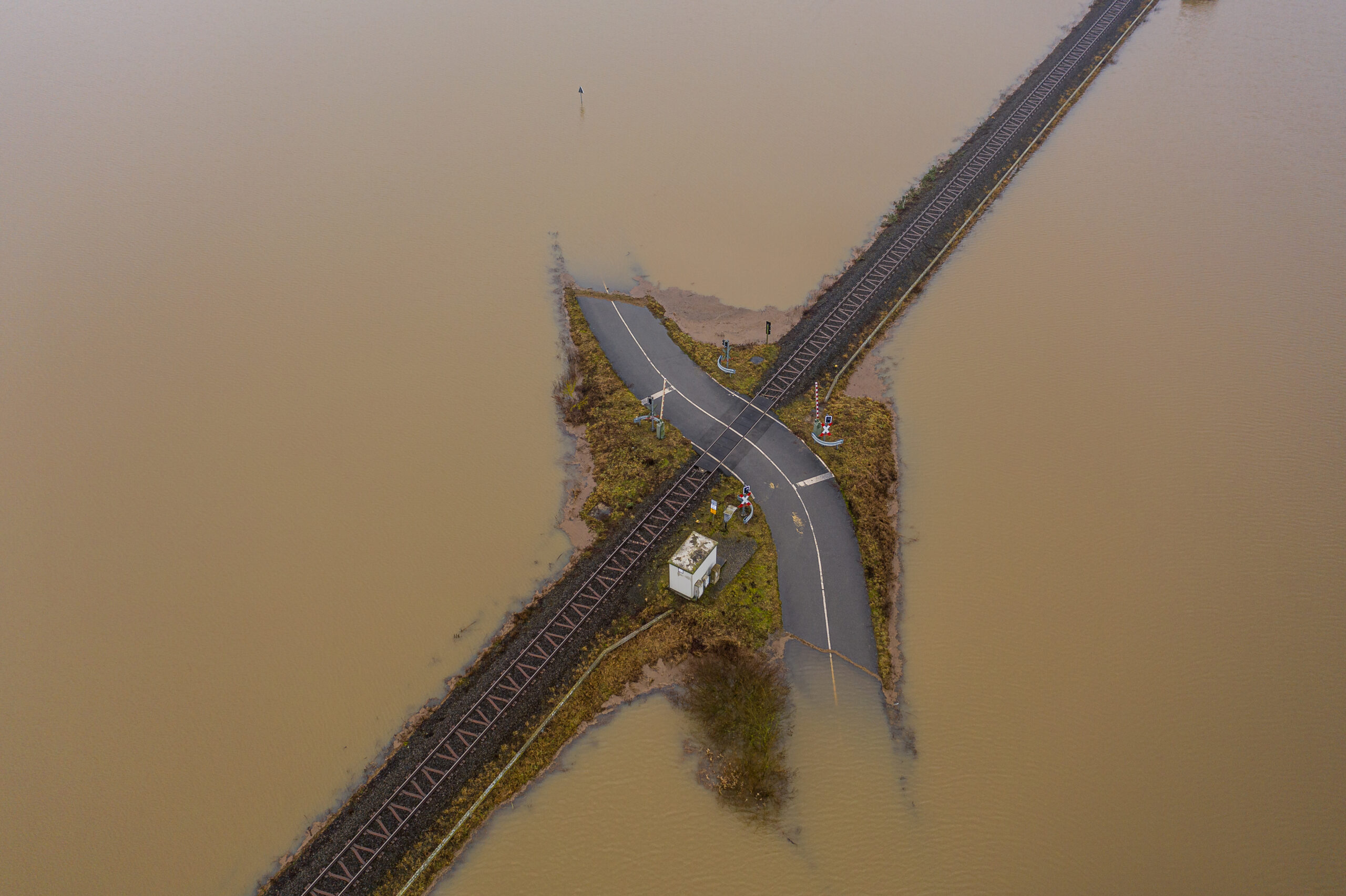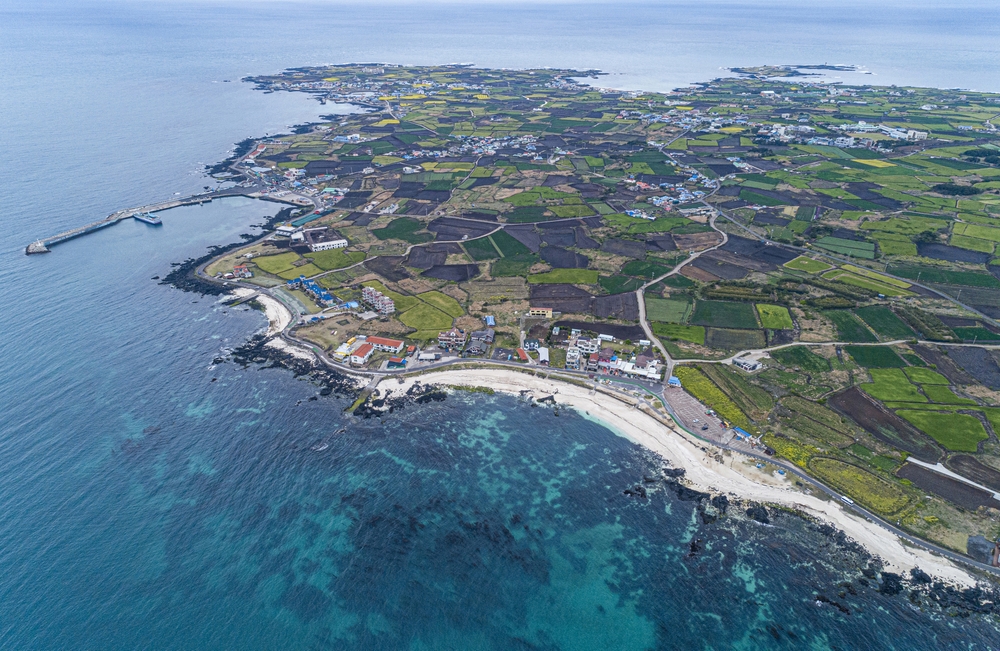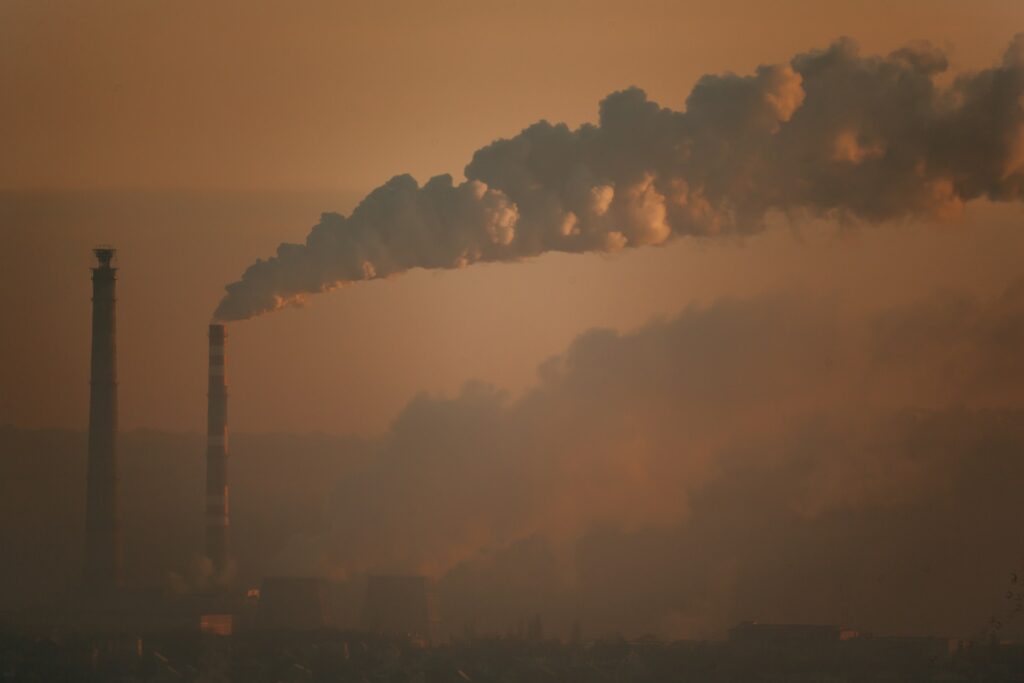Effective climate change action requires a combination of mitigation and climate change adaptation projects. Changes in precipitation, wind patterns, rising sea levels and increasing ocean temperatures are just a few of the current impacts of the changing climate. Addressing these issues will help communities, especially in developing countries, become more resilient in the face of global warming, protecting both local communities and economies. Nature-based solutions and adaptation efforts will enhance adaptive capacity and encourage sustainable development and climate resilience.
Why Is Climate Adaptation Necessary?
Climate action is critical, with climate change already contributing to thousands of deaths every year. Meanwhile, experts predict this number to rise closer to 3.4 million by 2100. As a result, governments, nonprofits and private entities are implementing climate-focused adaptation strategies and projects. While the rate of new developing climate adaptation projects is slower than the world needs, there is progress.
Climate Change Adaptation Projects – Examples
Climate change adaptation aims to help communities become resilient to climate change impacts. This helps groups endure as the world becomes more extreme. While adaptation projects only account for 10% of total climate action funding, they will play an important role in the world’s future.
Already, adaptation is helping communities in many ways. Here are some of the top climate change adaptation projects around the world:
Bangladesh and Angola Ecosystem-based Adaptation
The Bangladesh ecosystem-based adaptation project was implemented in 2020 and has a two-pronged approach. It encompasses both physical and behavioural changes. The physical aspect is the restoration of 1.8 m 2 of wetlands and forests. The behavioural change involves training local officials, communities and conservation groups on the benefits of ecosystem-based adaptation.
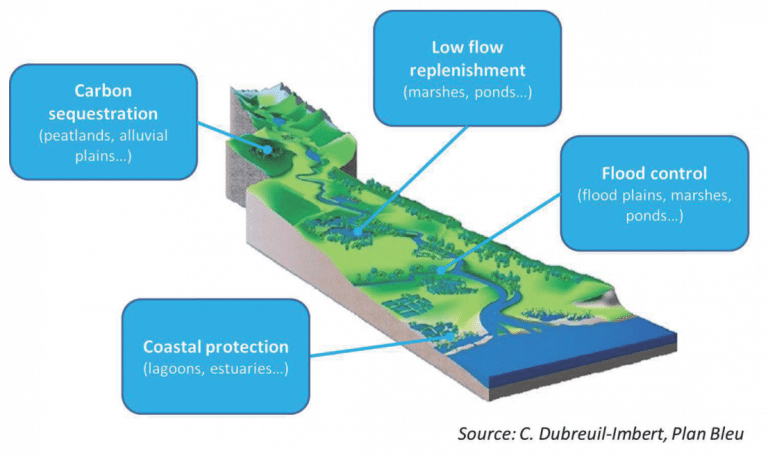
In the near term, restoring wetlands and forests will improve water security for local communities that depend on fishing and agriculture. In the long term, educating local groups will increase restoration and conservation efforts, strengthening the communities to handle extreme weather events and climate change impacts.
Restoring natural ecosystems is an established and important strategy for improving climate change resiliency.
Changing Urban Zoning in the US
Chicago changed its zoning laws in 2010 to allow for hydroponics and vertical farming operations in designated neighbourhoods. This zoning change allowed for one of the world’s largest vertical farms. FarmedHere is an over 8,000 m2 facility that grows leafy greens in a Chicago suburb. Urban farms use low-energy LED grow lamps and raise vegetables, utilising a fraction of the energy and water required by conventional outdoor crops.
As weather patterns change and the human population rises, the world will need a more efficient and controlled agricultural system for food security. Utilising urban space for food production is just one way a city can improve its resilience to climate issues.
Streets for Water Management in Denmark
Copenhagen’s Helenevej Street has been transformed into a “climate street” that allows rainwater infiltration to avoid floods caused by cloudbursts. The street uses tiles to replace the standard asphalt surface, allowing rainwater to seep through and infiltrate on its way to the groundwater aquifers. The tiles and joints allow maximum water infiltration without losing their carrying capacity. In case of extreme rainfall, a reservoir beneath the surface retains water, and four chambers along the road allow for water flow.
Urban areas are typically nonpermeable and can’t handle large quantities of water without significant forms of stormwater infrastructure. Improving the permeability of roads reduces the need for expensive infrastructure and utilises natural stormwater management practices.
Climate Change Mitigation Projects
On the other side of the spectrum, climate change mitigation projects limit the causes of climate change. Typically, this is by reducing the amount of carbon that enters the atmosphere by altering or replacing CO2-emitting processes. They aim to stabilise the climate and mitigate long-term damage.
National decarbonisation goals outlined in the Paris Agreement are perfect examples of mitigation initiatives. Increasing reliance on renewable energy sources, improving energy efficiency and modernising and diversifying electrical grids are all important initiatives for reaching these targets.
Other forms of mitigation include ecosystem conservation, early warning systems, improving city efficiency and developing a green economy. Mitigation has been the main global focus for climate action over the last several decades, so many examples exist.
The Electrification of Toledo, Belize
Under a project funded by the Global Environment Facility’s (GEF) Small Grants Program, three women are installing solar energy systems in rural villages in the District of Toledo, Belize. These villages have no access to the national electricity grid and have previously relied on directly burning fossil fuels.
So far, the project has installed solar systems in four communities, impacting over 1,000 residents. The UNDP estimates that its work has helped to avoid 6.5 tonnes of carbon emissions.
The Venezuelan Amazonas Originaria Programme
Illegal mining activities, social unrest and armed groups have displaced many Indigenous families from the Amazonas State in southern Venezuela. Under the Amazonas Originaria Programme, the displaced families learn how to sustainably use and care for forests in the area, acquiring skills for attaining food sources and making goods.
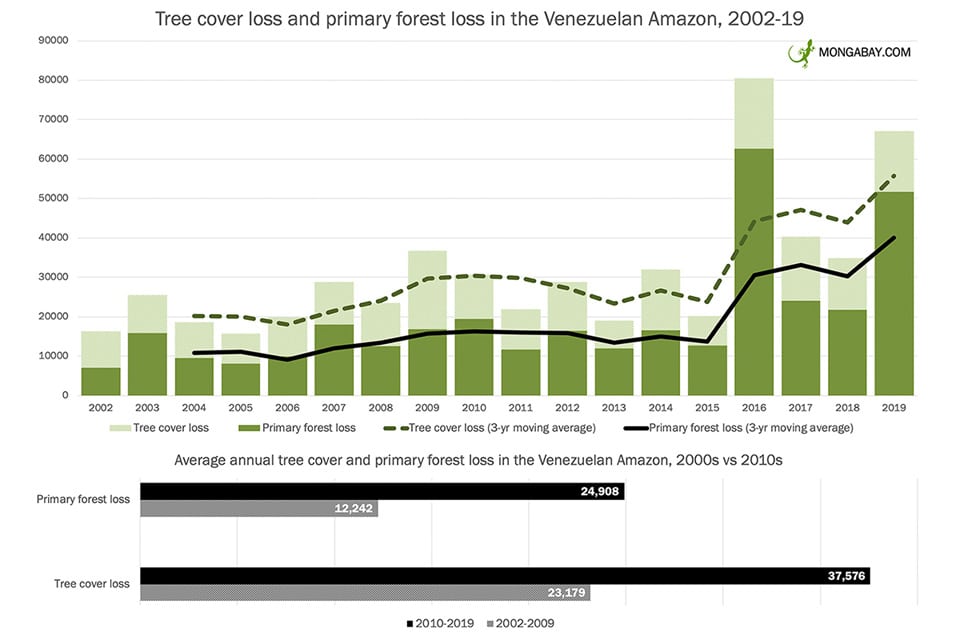
This program supports the protection of the Amazon Forest, a global carbon sink, and helps local groups diversify their livelihoods. The Amazon forest experiences ongoing deforestation, with 70% estimated to be cut down by 2050.
Funding Global Climate Action
Climate change adaptation projects and mitigation efforts should work hand in hand to protect families, communities and international interests, despite a warming climate. The world, especially the least developed countries, needs more funding for both initiatives, yet adaptation has historically received significantly less. The longer the world waits to implement initiatives like the ones discussed above, the more expensive and challenging they become.
Eric Koons
Writer, United States
Eric is a passionate environmental advocate that believes renewable energy is a key piece in meeting the world’s growing energy demands. He received an environmental science degree from the University of California and has worked to promote environmentally and socially sustainable practices since. Eric has worked with leading environmental organisations, such as World Resources Institute and Hitachi ABB Power Grids.
Eric is a passionate environmental advocate that believes renewable energy is a key piece in meeting the world’s growing energy demands. He received an environmental science degree from the University of California and has worked to promote environmentally and socially sustainable practices since. Eric has worked with leading environmental organisations, such as World Resources Institute and Hitachi ABB Power Grids.

